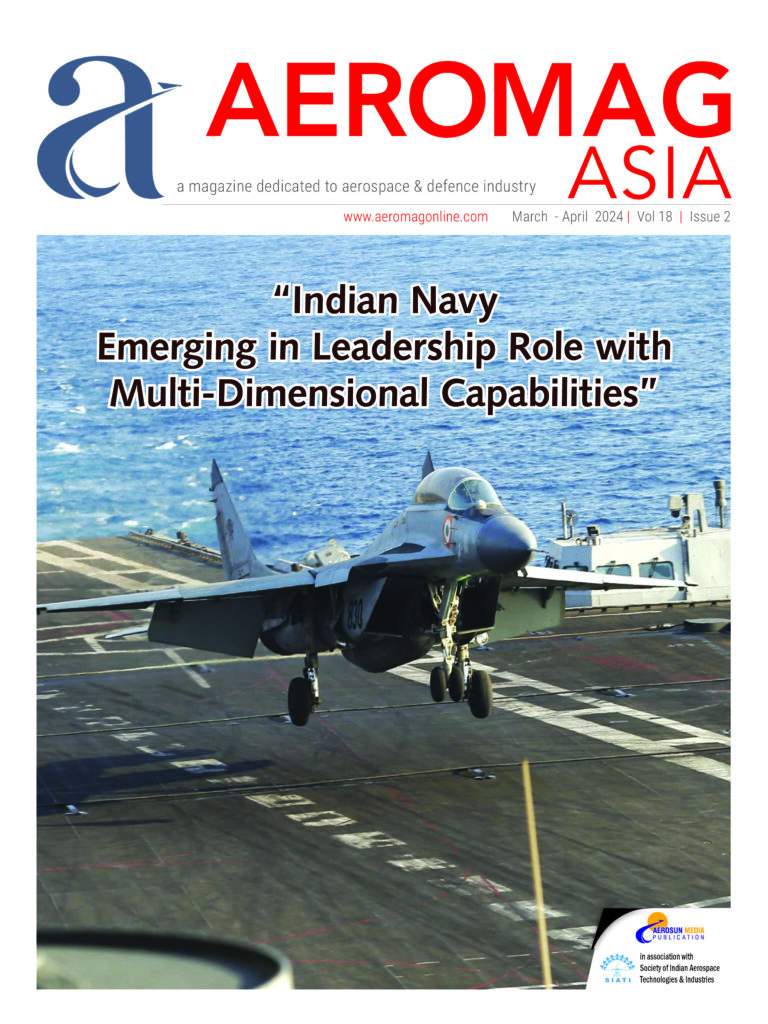
- After successfully passing the Factory Acceptance Tests (FAT), the company has begun installing the first of the 23 radars that it will equip the Indian Naval ships.
- This is a technology transfer program, materialized in a contract signed by Indra with the local company TATA Advanced Systems Limited (TASL) in 2020
- Indra has adapted the most advanced version of the Lanza-N radar, based on the one installed in the Spanish ship Juan Carlos I, to the regulatory requirements of India, for example, in the environmental field, to guarantee its optimal operation even in high humidity and extreme heat conditions
Indra’s Lanza 3D radar continues to strengthen itself as one of the most advanced surveillance systems on the market and continues its international expansion. Indra is currently installing its naval version, Lanza-N 3D, on one of the Indian Navy’s destroyer ship, beginning the delivery of the 23 radars that it will provide to the Indian Navy over the next decade.
This milestone is part of the contract signed by the company in 2020 with the Indian company TATA Advanced Systems Limited (TASL), within the framework of a technology transfer program. This provides for the delivery by Indra of a total of three complete radars, plus the core elements of its system for another 20 radars, destined for ships, which TASL will complete and integrate locally. To them is added an additional reference radar to support this technology transfer during the additional maintenance period of 12 and a half years.
After designing and producing the first radar at Indra’s facilities in Madrid, the system passed the factory acceptance tests (FAT) at CEAR, the Radioelectric Analysis Center of the Institute of Aerospace Technology (INTA) in November, to be subsequently shipped to India, where installation has begun once the ship has become available.
The following two radars are already in production and are expected to pass FAT tests this year.
The Lanza-N radar that is being implemented is based on the one fitted to the ship Juan Carlos I of the Spanish Navy, although the system has been adapted to the regulatory requirements of India, for example, in the environmental field to guarantee its optimum performance even in conditions of high humidity and extreme heat.
In addition, it incorporates the latest technological and operational updates incorporated by Indra to its family of Lanza radars, as well as some improvements, such as greater power for the use of long-range mode or remote monitoring of the pressurization system.
This project confirms the export potential of the Lanza-N radar, a high-tech Spanish solution for surface ships, designed as a long-range, modular, solid-state pulsed tactical radar, with all the equipment associated with the Lanza-N fully integrated for a naval operation.
The primary function of radar is the detection of aircraft within the instrumented coverage volume, even in adverse conditions. It also includes the integration of a Secondary Surveillance Radar (IFF/SSR).

















